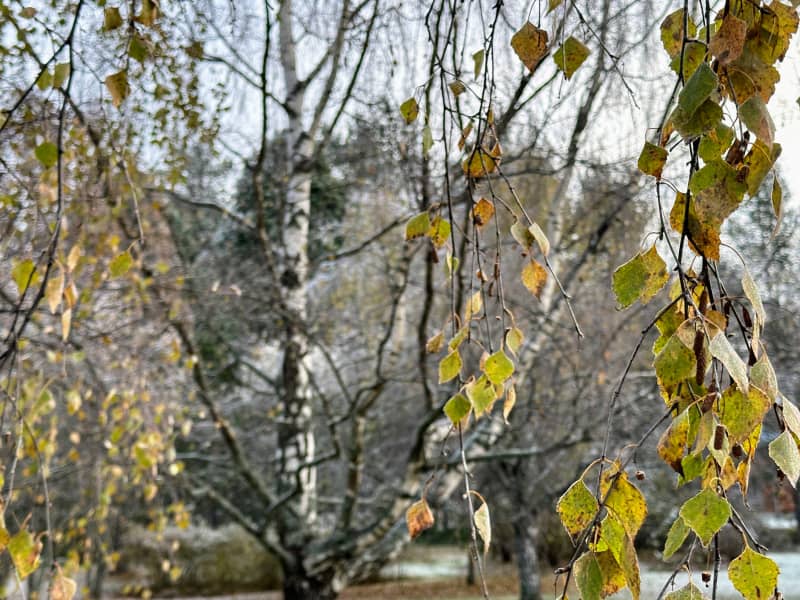Next year’s growth may be slower and the crops may also be weaker, as the trees did not have time to properly prepare for winter. Now the plants would need a snow cover to protect the root system from frost.
It’s twenty degrees below zero, but the apple tree pokes its frozen leaves green in the landscape. It doesn’t seem to have prepared at all for the fact that winter is at hand. Next to it, a frosty birch shimmers in the sun, leafless.
Some of the plants seem to be completely confused by the seasons. Observations of trees that are in their summer clothes in the midst of frost have been made all over the country this year.
According to an old joke, winter caught motorists by surprise, but this time you can turn the tip of the joke towards plants. The warm autumn and then the rapidly cooling weather disrupted the cycle of the year.
When we start winter with green leaves, how can the situation look next spring?
Nitrogen stores, which are essential for tree growth, may be weaker than normal in spring.
– The biggest risk is that the plants did not have time to break down the leafy green normally, and the recovery of nitrogen compounds in the trunk and root system has not been completed.
The phenomenon is especially accentuated in the case of those plants that are not naturally adapted to Finnish conditions. These include, for example, many fruit trees.
Northern trees follow the amount of light, not the heat
Northern trees know how to use the amount of light to determine the cycle of the year better than those grown further south, even if the autumn is warm.
– When the day gets shorter, they start preparing for winter, Ruotsalainen says.

The heat and light rhythm of more foreign crops is different. They have a higher risk of damage, says Henry Väre.
The warm years have made it possible to grow quite exotic plants in Finland.
Now adaptation is being tested. However, despite the unusual autumn, Väre does not believe in extensive plant deaths.
However, the risk increases if a protective snow cover does not accumulate to protect the roots. After the rainy autumn, the soil is very wet in many places and the ground can get frosty quickly. If the weather stays cold and the frost progresses quickly, it can damage the roots of the plants.
– Most of the roots are quite close to the surface of the earth, and this situation is also the same with our wild plants, says Väre.
Snow can also accumulate on trees more easily than normal when the leaves are attached to the branches. This can also increase the risk of snow damage.
